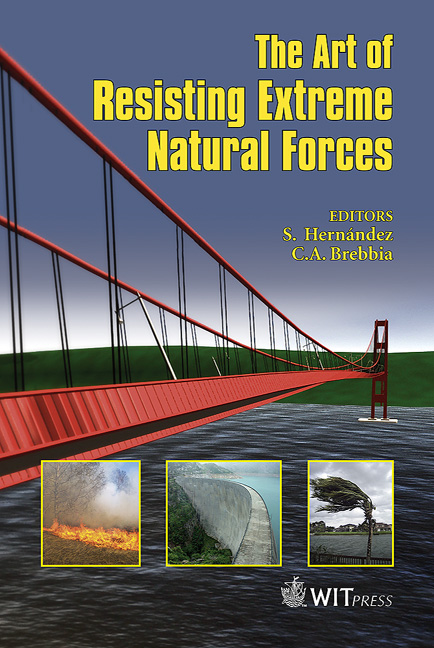Safety Investigation On Rail And Road Vehicles Exposed To Cross-wind: Wind Tunnel Tests And Multi-body Simulations
Price
Free (open access)
Transaction
Volume
58
Pages
12
Published
2007
Size
1,601 kb
Paper DOI
10.2495/EN070071
Copyright
WIT Press
Author(s)
F. Cheli, R. Corradi, D. Rocchi, E. Sabbioni & G. Tomasini
Abstract
A methodology aimed at evaluating the limit safety conditions of road and rail vehicles when exposed to cross wind is presented in this paper. The procedure integrates wind-tunnel experimental tests and numerical simulations with Multi-Body (MB) vehicle models. The main results of the proposed methodology are the vehicle Critical Wind Curves, representing the combination between wind and vehicle speed, corresponding to the overcoming of the vehicle safety limit. Keywords: MB simulations, wind tunnel testing, safety, aerodynamic forces. 1 Introduction Over the years the effects of strong winds on road and rail vehicles have become of increasing concern for transportation system operators. The main risk associated with cross wind is the vehicle rollover, which is particularly critical when the vehicle exits a tunnel or when the vehicle runs in a curve on exposed sites such as viaducts, embankments or long-span bridges. Traffic disruption, economic loss, injury, mortality and risks connected with the transported goods, such as hydrocarbons, toxic, flammable and explosive substances, etc. result as a consequence. Aim of the work is to describe the methodology developed for assessing of the limit safety conditions of road and rail vehicles in terms of Critical Wind Curves (CWC) that represent the combination of vehicle speed and wind mean speed which leads to the overcoming of the safety limits. The methodology integrates wind-tunnel experimental tests and numerical simulations with Multi- Body (MB) vehicle models. The experimental analysis (wind tunnel testing)
Keywords
MB simulations, wind tunnel testing, safety, aerodynamic forces.





